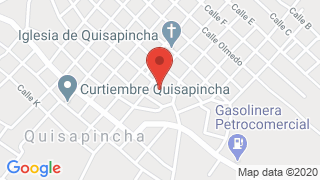Quisapincha Shigras

Shigras Quisapincha
Traditional Shigras
Quisapincha is the oldest parish in the province of Tungurahua. It is a highly productive sector which is dedicated to the manufacture of clothing. It is located 12 kilometers to the Southwest of the Ambato Canton. It is three thousand meters above sea level with a temperate and cold climate of 12 degrees Celsius.
The Shigra is made in the Ecuadorian highlands
These bags made of cabuya and wool from sheep are handmade by indigenous communities of Cotopaxi, Tungurahua and Chimborazo. However, the tradition gradually disappears, explains Jorge Silva, from the Ministry of Culture of Saquisilí. Until 20 years ago, several families from this canton of Cotopaxi made shigras. Now, they are mainly engaged in producing ropes and other products derived from the agave plant. In Pujilí, also in Cotopaxi, Hugo Albán has given strength to this task through workshops and courses offered in surrounding communities. He has also diversified his products, now he makes espadrilles woven with cabuya. The process for the production of shigras involves natural derivatives. The raw material is obtained from the mature leaves of the cabuya (penco or agave).
Origin
Shigra in the Kichwa language refers to a special type of woven bag. This is made with the fiber of cabuya, of the mature leaves of the agave plants that abound in Ecuador’s moors, witness of the laborious and difficult life of our indigenous women, who have managed to intelligently and consciously take advantage of the benefits of nature. In ancient times shigra was not commercialized, it had another purpose, it was used to store crops, coins, fishing, transport purchases and, mainly, to take the kukawi to the field. The weavers made the shigras when they were unoccupied, in the few periods of time that the hard agricultural days left them.
Materials
- Cabuya fiber
- Anilines
- 1 needle
Elaboration
The mature cabuya leaves are cut and strips are made lengthwise, then they are soaked for 15 days, so that the pulpy part can be detached, leaving the fiber free. When the fiber is ready they are put to dry to proceed to weave. The only thing that the indigenous use as a tool is the sewing needle and if they want to dye the bag they do it with aniline. This is boiled together with the fiber to give it the color, when it is ready everything is done by spinning it manually.

Publicado en:
Publicado por:



